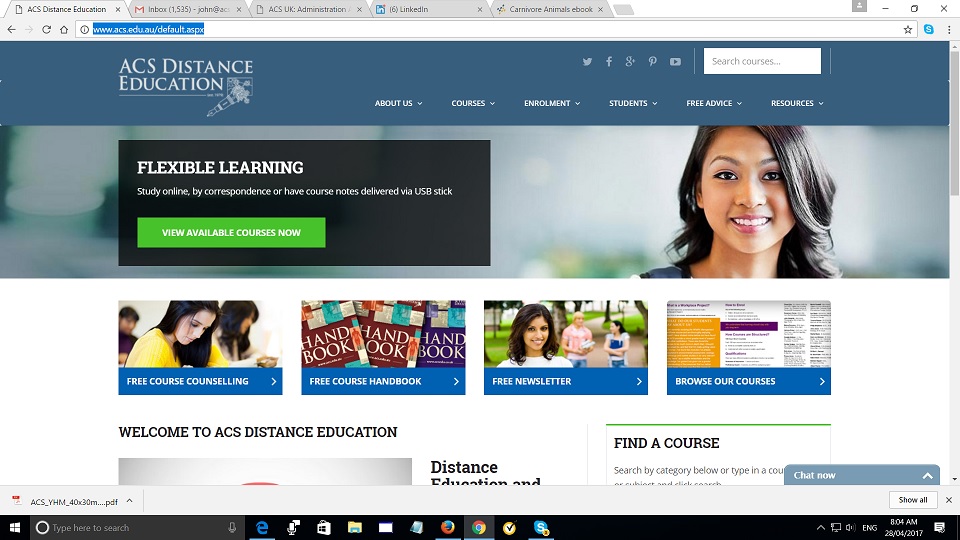
DEVELOP ADVERTISING SKILLS TO INCREASE PROFITABILITY AND EFFICIENCY - AND EXPAND YOUR CAREER OPPORTUNITIES!
Learn to write advertising, choose where to advertise and promote; and how to set up and run an effective PR campaign.
There are ten lessons in this course, each requiring about 10-12 hours work by the student. This course is designed as a program to help you firstly understand the marketing world; then assist you in making decisions and developing skills in marketing.